Need an ID
unprofessional
11 years ago
Related Stories

MORE ROOMSRooms I'd Like to See Wrapped Up as Gifts for the Holidays!
What Room Do You Have on Your Gift List This Year?
Full Story
MOST POPULARA Fine Mess: How to Have a Clean-Enough Home Over Summer Break
Don't have an 'I'd rather be cleaning' bumper sticker? To keep your home bearably tidy when the kids are around more, try these strategies
Full Story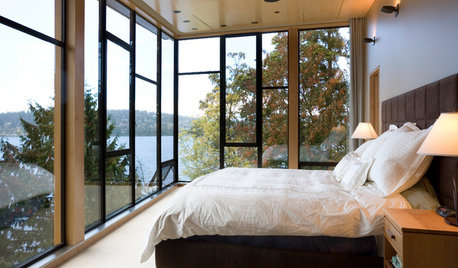
BEDROOMSDream Spaces: Bedrooms With Amazing Views
Soaring over the city or nestled amidst nature, these sleeping spaces focus on the most divinely designed feature of all
Full Story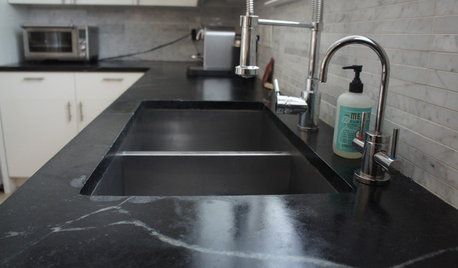
KITCHEN DESIGNSoapstone Counters: A Love Story
Love means accepting — maybe even celebrating — imperfections. See if soapstone’s assets and imperfections will work for you
Full Story
DECORATING GUIDESFrom Queasy Colors to Killer Tables: Your Worst Decorating Mistakes
Houzzers spill the beans about buying blunders, painting problems and DIY disasters
Full Story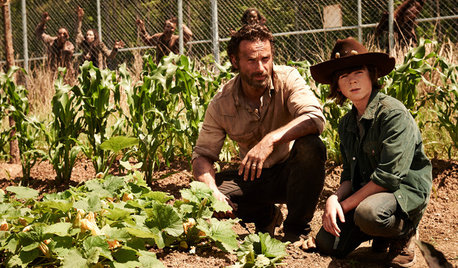
FUN HOUZZHow to Survive an Epidemic of Walking Dead
Tips to use around the house and garden to prep for the zombie apocalypse
Full Story
REMODELING GUIDESInterior Brick: Paint it or Leave It?
Here's how to know if covering that brick is a sin or solution
Full StorySponsored
Your Industry Leading Flooring Refinishers & Installers in Columbus
More Discussions






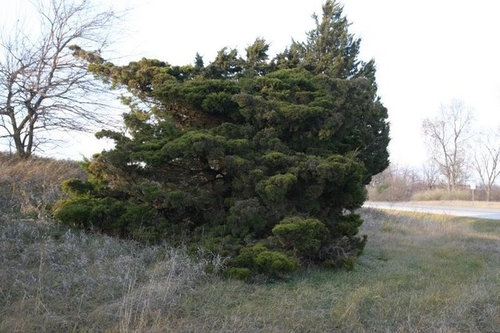

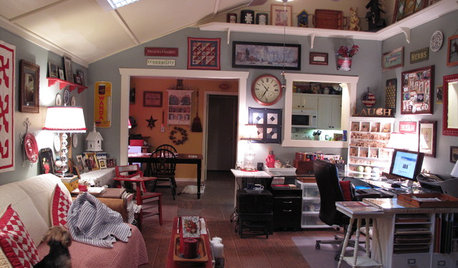





Embothrium
unprofessionalOriginal Author
Related Professionals
Franconia Landscape Architects & Landscape Designers · Manchester Landscape Contractors · Flagstaff Landscape Contractors · Haverhill Landscape Contractors · La Vista Landscape Contractors · Las Vegas Landscape Contractors · Leicester Landscape Contractors · Medford Landscape Contractors · New Cassel Landscape Contractors · Oxnard Landscape Contractors · Panama City Beach Landscape Contractors · Paso Robles Landscape Contractors · San Antonio Landscape Contractors · Wanaque Landscape Contractors · Silver Firs Landscape Contractorsken_adrian Adrian MI cold Z5
Embothrium
coniferjoy
pineresin
unprofessionalOriginal Author
pineresin
Embothrium
botann
ken_adrian Adrian MI cold Z5
coniferjoy
ken_adrian Adrian MI cold Z5
coniferjoy
unprofessionalOriginal Author
coniferjoy
mirek_l